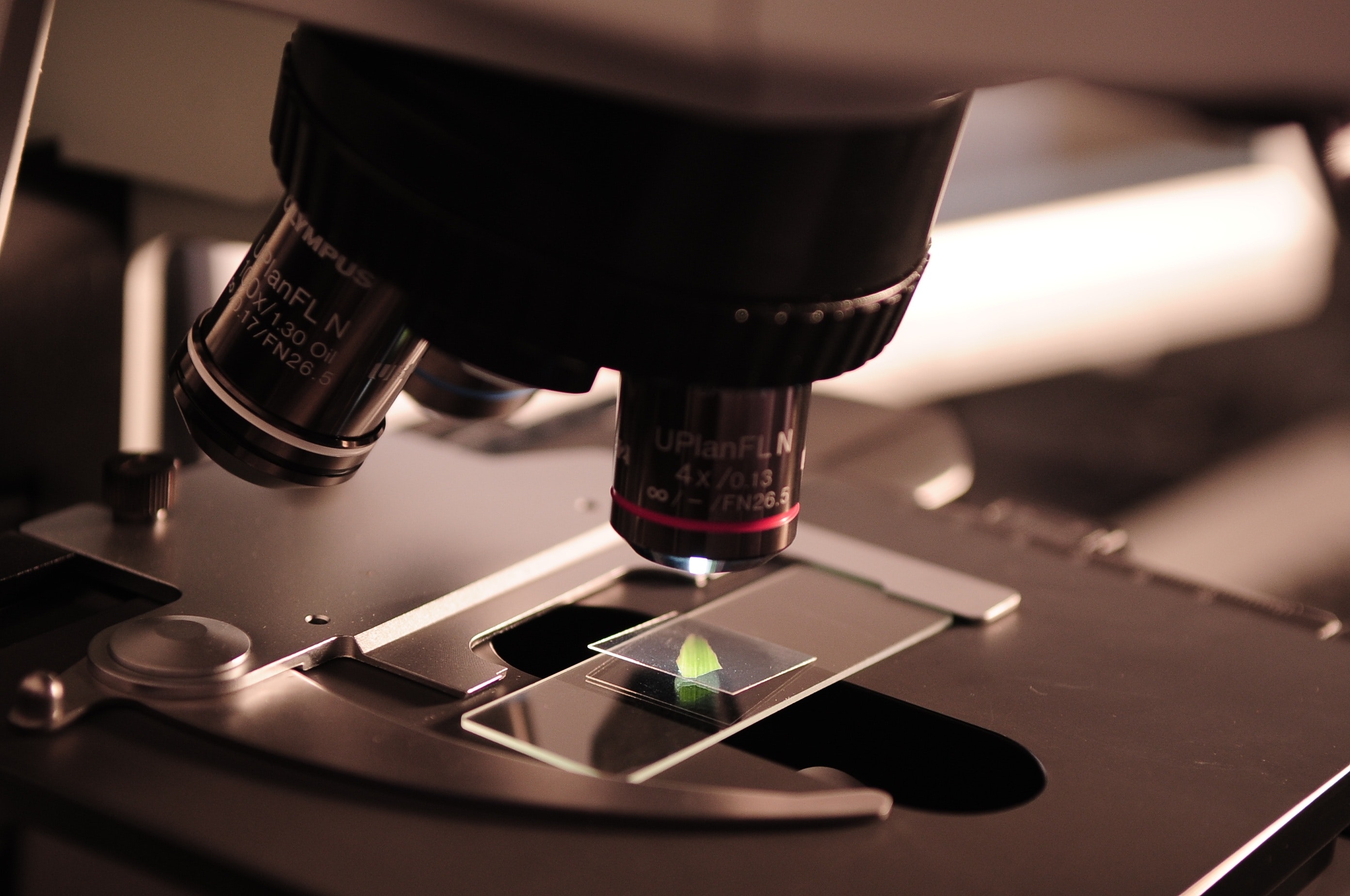- cross-posted to:
- science@lemmy.world
- cross-posted to:
- science@lemmy.world
Observations of high-energy astrophysical neutrinos have shown that they mostly originate from extragalactic sources such as active galaxies. However, gamma ray observations show bright emission from within the Milky Way galaxy, and astrophysical gamma rays and neutrinos are expected to be produced by the same physical processes. The IceCube Collaboration searched for neutrino emission from within the Milky Way (see the Perspective by Fusco) and found evidence of extra neutrinos emitted along the plane of the Galaxy, which is consistent with the distribution of gamma-ray emission. These results imply that high-energy neutrinos can be generated by nearby sources within the Milky Way.
-Editor’s summary from the Science article



To add onto that, IceCube can really only tell 3 things from the neutrinos it observes:
Most of the backgrounds from within our solar system (solar neutrinos, reactor neutrinos, etc) are way too low in energy for IceCube to even consider, so they are dead on arrival.
The next background comes from atmospheric neutrinos, which are produced when cosmic rays interact with our atmosphere, making a cascade of particles, including neutrinos (mostly muon neutrinos) at the same-ish energy as neutrinos arriving directly from space. Most of this noise is filtered out by ignoring anything coming from above the detector and instead looking at neutrinos that come up through the Earth (directional filtering). Because most atmospheric neutrinos are muon neutrinos, they also have to eliminate these from the pool, leaving only the electron/tau neutrinos.
The issue with this is that electron and tau neutrinos don’t have good directional resolution, as they both look like big blobs in the detector. Muon neutrinos, on the otherhand, produce long pointed tracks that show exactly where they came from. The unique feature of this work is that they managed to eliminate the need for using the nice tracks of muon neutrinos with a Neural Network that can figure out what direction a blob came from, removing the major background and allowing them to see the electron/tau neutrinos from the galactic center. This does lose all the muon neutrino info (about 1/3 of their potential candidates), but is worth the sacrifice as it removes their only significant backgroun source.
What you proposed, a neutrino passing through the galactic center en route to Earth, is totally possible and would likely be completely indistinguishable from the neutrinos in this study. Then it just comes down to a numbers game: How many do we expect to see from the galactic center based on our assumptions of the cosmological activity, and how many do actually see. As long as those numbers are close enough, we can assume the data isn’t being polluted by extragalactic neutrino sources. I hope this helps further clarify, it is a super cool result!